Half-year 2004 results indicate that the Asia Pacific region is recovering well, according to the HotelBenchmark Survey by Deloitte…
Half-year 2004 results indicate that the Asia Pacific region is recovering well, according to the HotelBenchmark Survey by Deloitte. The 41 percent year-on-year growth in revenue per available room (revPAR) is initially impressive; however, 2003 comparables are very weak due to SARS. Therefore, to assess how the region is really recovering we have compared 2004 half-year results to the same period in 2000.
The table below highlights the movement in local currency revPAR for selected cities tracked by the Asia Pacific edition of the HotelBenchmark Survey.
| (10+) | (10-0) | 0-10 | 20-50 | 50+ |
| Tokyo | Bali Guam Melbourne Phuket Seoul Singapore |
Auckland Hong Kong Manila Sydney Taipei |
Bangkok Beijing Jakarta Kuala Lumpur |
Ho Chi Minh Shanghai Surabaya |
Source: HotelBenchmark Survey by Deloitte
North-East Asia
Chinese markets within North-East Asia, have reported the largest revPAR growth. Shanghai topped the list reporting an increase of 69 percent, the highest growth in the entire Asia Pacific region. This increase is predominantly due to average room rates jumping 46 percent. Beijing has also witnessed strong average room rate growth, up 29 percent, although occupancy has fallen marginally by two percent. The market is currently a hotbed of activity as the city prepares for the 2008 Olympics.
Shanghai is rapidly closing in on mature Asian markets, like Hong Kong and Taiwan, and is striving to achieve similar revPAR premiums. At US$98, the half-year revPAR is a staggering 56 percent above that recorded in 2000. In local currency, revPAR growth in the marketplace has resulted from substantial increases in average room rates, as well as healthy occupancy growth. As the financial hub of China, Shanghai is benefiting from international businesses taking advantage of the reduced barriers of entry into the Chinese market.
Of all the Asia Pacific markets tracked in the above chart, hotels in Tokyo reported the largest decline in revPAR. At 75 percent, occupancy levels in Tokyo are still some way off the 80+ percent performance achieved in 2000. Average room rates have also not yet recovered. However, Tokyo still has the highest revPAR of any Asian market and as such continues to attract investors. Hilton Corporation plan to open a Conrad in 2005 and Marriott International plan to open a Ritz Carlton in 2008.
South-East Asia
South-East Asia experienced the most impressive overall growth as a sub-region, especially considering the political instability and terrorism connections that have plagued the area. Surabaya and Ho Chi Minh took the number two and three spots for the highest revPAR growth over 2000, reporting increases of 57 percent and 53 percent respectively. However, the similarities end there. While occupancy growth drove Surabaya’s fantastic revPAR results, in Ho Chi Minh average room rate growth was the dominant factor.
Increased average room rates in Ho Chi Minh may be attributed to a growing domestic market with rising disposable income. In addition, Vietnam’s newly acquired image as a haven of stability in the turbulent South-East region has also played a role. Inter-regional travel is booming, as it is easier and cheaper to secure a tourist visa and there is an increasing selection of quality places to stay throughout the country.
In Indonesia, two of the three markets monitored – Jakarta and Surabaya – reported impressive revPAR gains compared to year-to-June 2000 results. Surabaya’s occupancy has been trending upwards since early 1999. At 66 percent, it has nearly doubled in the past five years. Jakarta’s 20 percent growth in revPAR can also be attributed to double-digit growth in occupancy.
Indonesia, which was not impacted by SARS as much as markets in North-East Asia, reported a 30 percent year-on-year increase in tourism arrivals year-to-April 2004. But Western embassies have recently re-affirmed warnings of the potential threat of terrorist attacks, which may impact future trends from continuing in a positive light.
Oceania
Oceania’s 25 percent growth in US$ revPAR has been primarily influenced by the positive exchange rate differential in both Australia and New Zealand. In local currency, the revPAR growth is considerably more modest. Encouragingly, occupancy levels across Oceania markets have returned to their 2000 peak but average room rates remain under pressure.
Auckland posted 80 percent occupancy year-to-June 2004, some 19 percent higher than in 2000. New Zealand has benefited from clever destination marketing and publicity following the success of the Lord of the Rings. Yet Auckland’s impressive occupancy growth was not supported by the average room rate, which fell eight percent. Still, the ten percent revPAR growth in local currency was the largest of any of the Oceania markets studied.
Like Auckland, hotels in both Melbourne and Sydney did not achieve growth in average room rates year-to-June 2004 compared to year-to-June 2000. Despite Melbourne’s occupancy levels being identical to those experienced in 2000 at 76 percent, declines in average room rate resulted in a seven percent decrease in revPAR. Hotels in Sydney also experienced a fall in average room rates but this was offset by growth in occupancy, enabling the city to achieve a two percent improvement in revPAR.
Tourism agencies in both Australia and New Zealand are targeting niche markets to increase yield and address seasonality. This strategy bodes well for increased rates (and revPAR) in the future.
A recovering region
For some time now, it has been safe to say that recovery in Asia Pacific has been gathering momentum. New shining stars (like Beijing and Shanghai) are emerging in the North-East, whilst, despite the challenging political environment, a number of markets in the South-Eastern part of the region carry on improving. Exchange rates continue to affect markets in Oceania, which need to focus on building average room rates to stimulate further revPAR growth. With the global recovery now in full swing, the region appears poised to improve revPAR significantly and thus profits.
Notes: All analysis in local currency except where US$ is noted.
Theodore is the Co-Founder and Managing Editor of TravelDailyNews Media Network; his responsibilities include business development and planning for TravelDailyNews long-term opportunities.
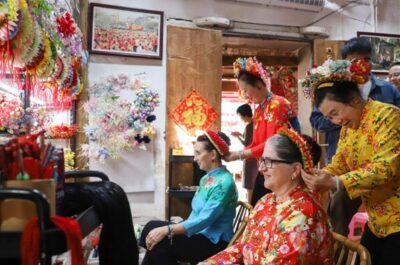
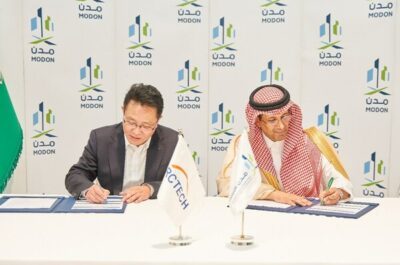
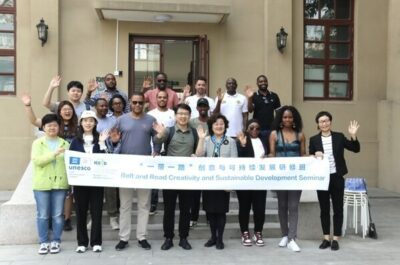



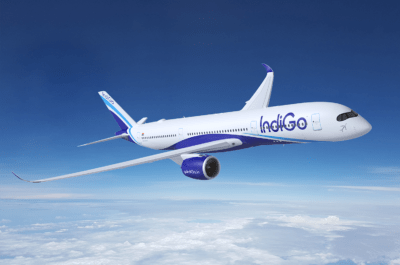
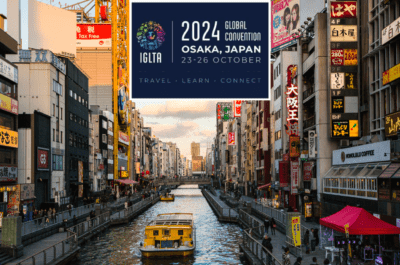








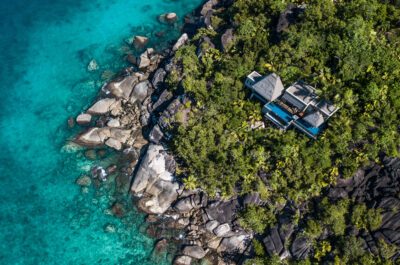
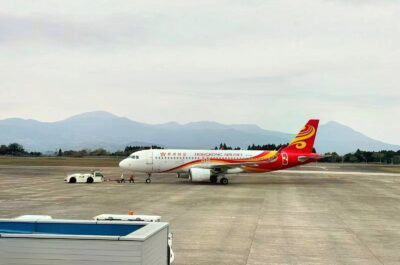




![[PR] PR_Ascott and Vimut Hospital_2024](https://www.traveldailynews.asia/wp-content/uploads/2024/04/PR-PR_Ascott-and-Vimut-Hospital_2024-400x265.jpg)






















































